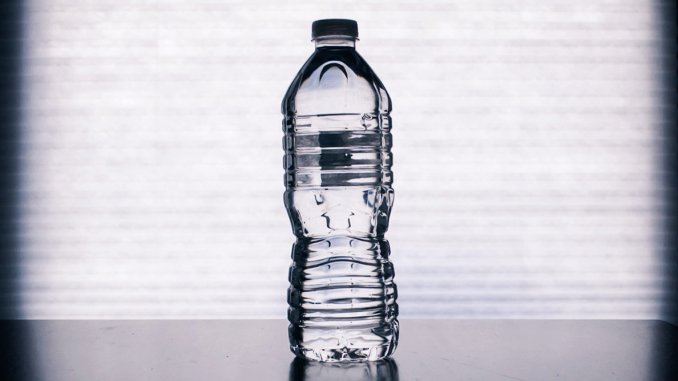Evaluation of Potential for Mercury Volatilization from Natural and FGD Gypsum Products Using Flux-C
时间:2009-04-18 阅读: 我要评论:
Exponent, Bellevue, Washington.
, ‡Georgia-Pacific.
, §Studio Geochimica; current address: Columbia Analytical Services, 1317 S. 13th, Kelso, WA 98626.
Abstract
Synthetic gypsum produced by flue-gas desulfurization (FGD) in coal-fired power plants (FGD gypsum) is put to productive use in manufacturing wallboard. FGD gypsum wallboard is widely used, accounting for nearly 30% of wallboard sold in the United States. Mercury is captured in flue gas and thus is one of the trace metals present in FGD gypsum; raising questions about the potential for mercury exposure from wallboard. Mercury is also one of the trace metals present in “natural” mined gypsum used to make wall board. Data available in the literature were not adequate to assess whether mercury in wallboard from either FGD or natural gypsum could volatilize into indoor air. In this study, mercury volatilization was evaluated using small-scale (5 L) glass and Teflon flux chambers, with samples collected using both iodated carbon and gold-coated sand traps. Mercury flux measurements made using iodated carbon traps (n = 6) were below the detection limit of 11.5 ng/m2-day for all natural and synthetic gypsum wallboard samples. Mercury flux measurements made using gold-coated sand traps (n = 6) were 0.92 ± 0.11 ng/m2-day for natural gypsum wallboard and 5.9 ± 2.4 ng/m2-day for synthetic gypsum wallboard. Room air mercury concentrations between 0.028 and 0.28 ng/m3 and between 0.13 and 2.2 ng/m3 were estimated based on the flux-rate data for natural and synthetic gypsum wallboard samples, respectively, and were calculated assuming a 3 m × 4 m × 5 m room, and 10th and 90th percentile air exchange rates of 0.18/hour and 1.26/hour. The resulting concentration estimates are well below the U.S. Environmental Protection Agency (EPA) reference concentration for indoor air elemental mercury of 300 ng/m3 and the Agency for Toxic Substances and Disease Registry minimal risk level (MRL) of 200 ng/m3. Further, these estimates are below background mercury concentrations in indoor air and within or below the range of typical background mercury concentrations in outdoor air.
本栏目最近更新
特别声明:本文转载仅仅是出于传播信息的需要,版权归原作者所有,并不意味着代表本网站观点或证实其内容的真实性; 如其他媒体、网站或个人从本网站转载使用,须保留本网站注明的“来源”,并自负版权等法律责任; 作者如果不希望被转载或者联系转载稿费等事宜,请与我们接洽:service#environmentor.cn(请将#改为@)。
来源: 作者: (环境人 Environmentor.Cn)





